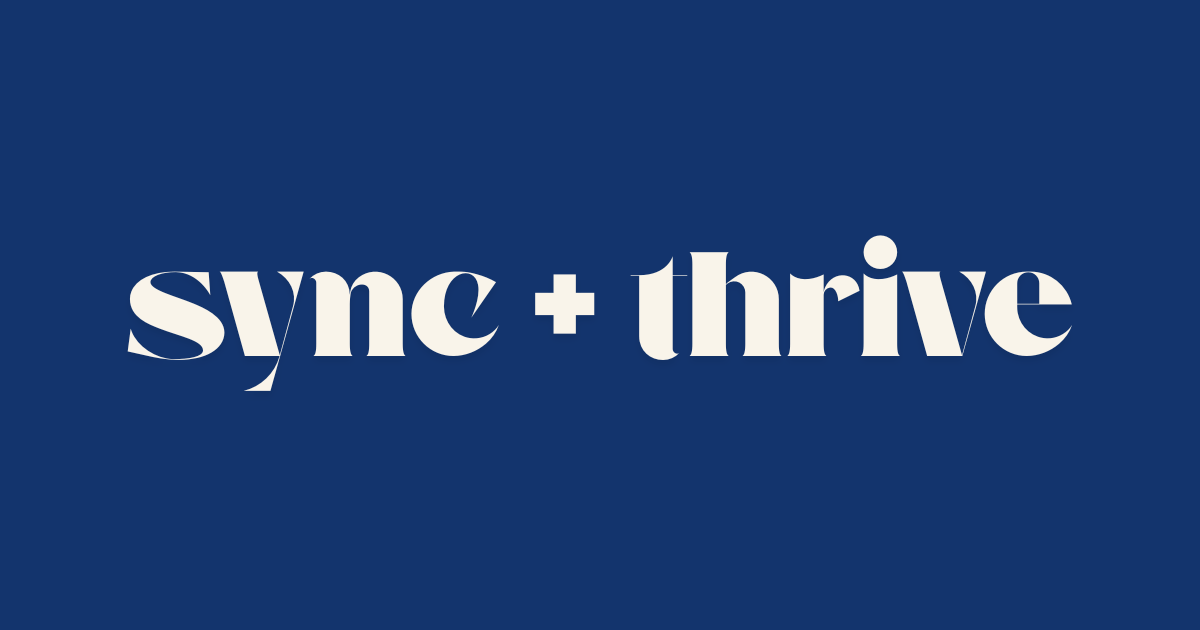Hey Friends,
Although we don’t have children ourselves, we genuinely enjoy spending time with friends who do. Family activities, being outdoors, and watching children grow into active adults are incredible experiences. Along the way, we've observed something interesting about active families:
They don’t default to screens when their kids are bored. Instead, they choose evening walks after dinner, bike rides, or simply running around playing. This doesn't mean they never watch TV or have downtime. They're not perfect—they still experience chaotic mornings and moments when life feels overwhelming. Rather, they've intentionally built momentum into their lifestyle. For children growing up in active families, movement and outdoor activities become second nature, simply part of everyday life. Weekends often involve adventures—even if it’s just exploring a new park. Their kids naturally gravitate toward being outside, trying new activities, and getting a little dirty. As a result, these families remain engaged and even learn the value of work—because let’s face it, outdoor activities usually require effort.
We've realized these families have simply made movement and outdoor time their default—not because they're superhuman parents, but because they've fostered a culture where being active feels normal. Every family's balance is different, and there's no one-size-fits-all approach.
Reflecting on our own childhoods, we can see how our parents' habits shaped our perception of "normal." Both Aaron’s parents and mine were very active when we were younger, but as life got busier with kids, work, and responsibilities, maintaining an active lifestyle became more challenging. While both our families remained active, we noticed our lives became increasingly TV-centric during our late teenage years. For Aaron, his favorite childhood memories revolve around summer trips to the family vacation home—swimming, rafting, canoeing, fishing, hiking, and shooting cans—activities that created some of his strongest memories. Growing up in suburban LA, my family didn’t have money for fancy activities like wakeboarding or resort trips, but my parents always found affordable ways to take us hiking, enjoy beach days, swim at the pool, and simply let us be kids playing outside.
Parents today face the same pressures our parents did—comparing themselves to other families, juggling work demands, feeling tired, managing the cost of living, and navigating the expenses of outdoor activities. But what the research shows is that kids don't just inherit their parents' genetics—they inherit their habits. And the good news? Those habits don't need to be expensive or Instagram-worthy to make a lasting impact.
What's Inside
If this is your first time reading our newsletter—Welcome! If you haven’t yet subscribed, Subscribe + Thrive here.
Join over 4 million Americans who start their day with 1440 – your daily digest for unbiased, fact-centric news. From politics to sports, we cover it all by analyzing over 100 sources. Our concise, 5-minute read lands in your inbox each morning at no cost. Experience news without the noise; let 1440 help you make up your own mind. Sign up now and invite your friends and family to be part of the informed.
The Reality Check: Right now, your kids are taking mental notes about what "normal adult life" looks like. They're not just listening to what you say about exercise—they're watching what you actually do.
The Shift: Instead of treating fitness as something you do separately from family life, start viewing movement as a family value that you model daily. Your activity level is one of the strongest predictors of your child's future relationship with movement.
When you come home stressed and immediately go for a walk instead of collapsing on the couch, you're teaching your kids that movement is how adults handle life's challenges. When you suggest a family bike ride on Saturday morning, you're showing them that being active is what families do together.
The goal isn't to become a fitness influencer family. It's to normalize movement as part of daily life so your kids grow up thinking "this is what grown-ups do."
📊 Why It Works
Recent meta-analysis research shows that positive parental influence on physical activity has a statistically significant correlation with child activity levels.
Put simply: when parents are active, kids are more likely to be active too.
But here's the reality check: Only 20% to 28% of 6- to 17-year-olds meet the 60 minutes of daily physical activity recommended by the U.S. Physical Activity Guidelines for Americans.
The Science Behind Modeling:
Systematic reviews show a consistent positive relationship between parent and child physical activity regardless of age or gender
Children of active parents are significantly more likely to become active adults
Kids learn "normal" behavior through observation more than instruction
Family-based physical activity interventions show higher success rates than individual approaches
What This Means: Your kids aren't just watching what you do—they're learning what "normal" looks like. Make movement part of that normal.
🤝 Do This Together
This Week's Challenge: Include one family movement activity this week. The specific activity matters less than the message you're sending: This is what our family does. We move.
Easy Options:
Evening walk around the neighborhood after dinner
Weekend bike ride to a local park
Playground workout while kids play
Family soccer game in the backyard
Hiking trail exploration
Active household project (gardening, cleaning garage, organizing basement)
Pro Tips for Success:
Make it fun, not a workout
Let kids help choose the activity
Focus on time together, not fitness goals
Start small (10-15 minutes is perfect)
Be consistent rather than intense
The Long Game: Research shows that physically active children are likely to become active adults. You're not just exercising for yourself—you're showing your kids what it means to prioritize health and see movement as a non-negotiable part of life.
⚡Customizing It to Your Level or Goal
If you're just starting out:
Begin with 10-minute evening walks
Use household chores as movement opportunities
Play active games indoors (dance parties, hide and seek)
Focus on consistency over intensity
If you're already active:
Include kids in your warm-up or cool-down
Create family challenges (who can do the most jumping jacks?)
Plan active family adventures on weekends
Show kids your workout space and explain why you exercise
If you have young kids (under 8):
Focus on playground activities
Nature walks with discovery games
Living room dance parties
Simple obstacle courses in the backyard
If you have teens:
Respect their independence while modeling consistency
Invite them to join without pressure
Share your fitness goals and progress
Support their own activity interests
Time-Crunched Families:
Active commuting (walk/bike to school when possible)
Take stairs instead of elevators
Park farther away and walk
Use commercial breaks for movement
Get a List of the Best HRIS Software for Your Company
Stop wasting time on endless research and confusing options.
Our HR Software experts provide you with tailored recommendations from our database of 1,000+ vendors across HRIS, ATS, Payroll, and HCM.
✅ 15 minutes vs. hours of demos
✅ 1:1 help from an HR Software expert
✅ No spam, no sales pressure
💬 Couple’s Check-in Prompt
What active memory from our childhood do we want to recreate for our kids?
Take 10 minutes this week to discuss:
What do you remember about how your parents approached physical activity?
What positive memories do you want to create for your own kids?
What did you wish your parents had done differently?
How can we make movement feel natural and fun in our home?
The activities you choose matter less than the culture you create together.
📈 Momentum Marker
Track This Week: How many days did you include movement as a family activity?
Success Metric: 3+ days of family movement (even 10 minutes counts)
Celebration Trigger: When you hit your target, celebrate it! Acknowledge that you're actively creating a healthy family culture.
Next Week Preview: We'll explore how to support each other's fitness goals without turning your spouse into your training partner.
🔁 TL;DR |
→ Your kids are watching and learning what "normal adult life" looks like. Make movement part of that normal by including one family activity this week. → Research shows kids of active parents are significantly more likely to become active adults. → You're not just exercising for yourself—you're modeling a lifestyle that will impact your family for generations. |
🔁 FORWARD THIS TO A BUSY COUPLE
Your health goals don’t have to compete with your partner.
This is the kind of email they’ll thank you for later.
Let’s build your foundation—side by side.
— Jaylene + Aaron
P.S…Three quick asks before you go.
Give us some ❤️ on Instagram @syncyourwellness
If you have a requested topic to be discussed regarding couples health strategies, email us at [email protected] and let us know.
Take 1 moment to answer this poll. 👇
Rate Today's Edition
P.P.S….Looking to align your health goals as a couple, prioritize your fitness and nutrition? Check out these top guides:
📚 Resources:


